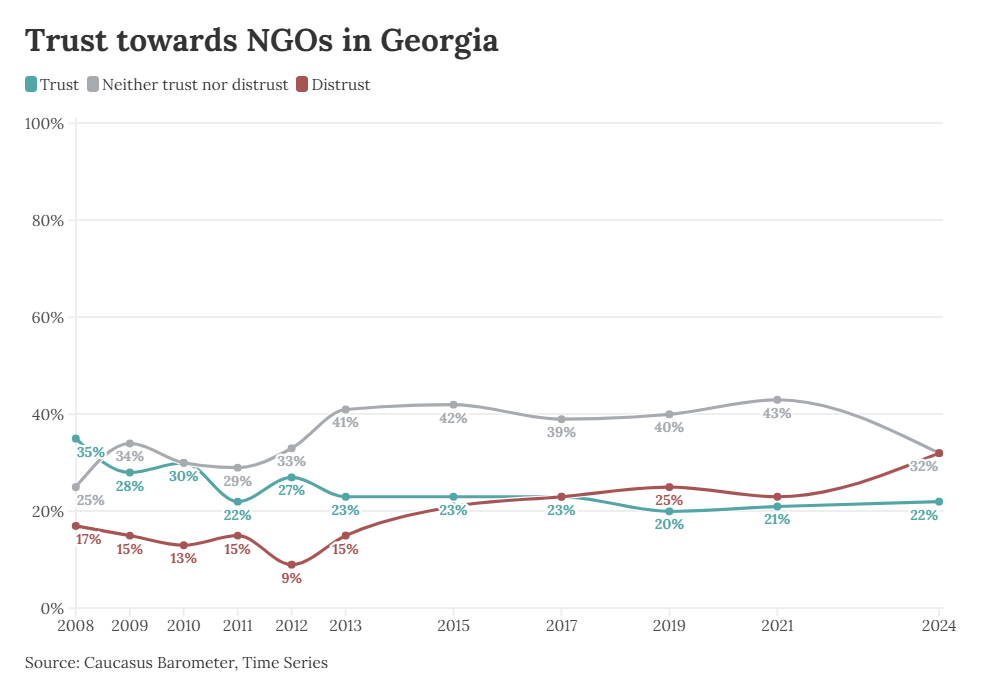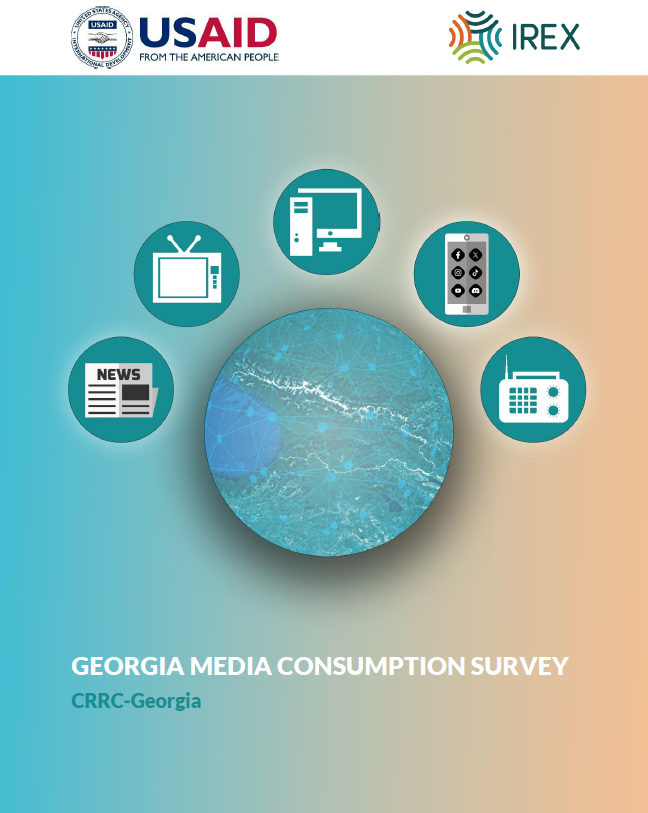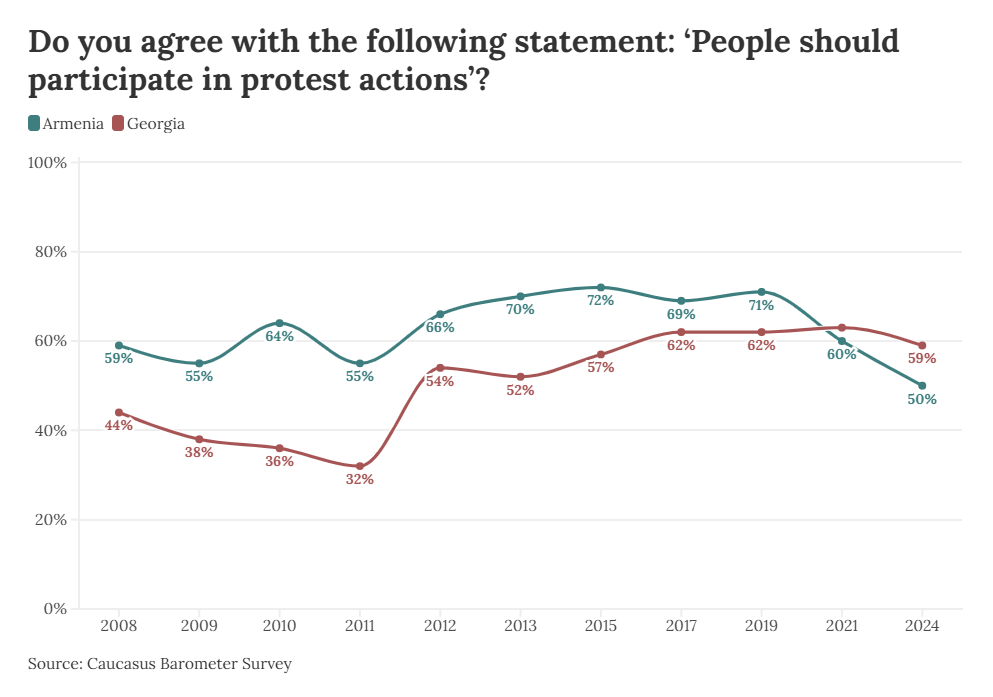According to the World Health Organization (WHO), every year about 1.3 million people die as a result of road accidents worldwide. In 2011, the UN launched the Decade of Action for Road Safety 2011-2020. A year later, the UN General Assembly adopted Resolution A/66/L.43 to improve road safety conditions worldwide. This blog addresses satisfaction with road conditions and road safety in the former Soviet Union, specifically in the South Caucasus region.
GALLUP surveys conducted in 2011 show that only 36% of the adult population in the former Soviet Union is satisfied with the roads and highways in areas where they live. In part, the surveys focused on the South Caucasus, Central Asia, Russia, Moldova, the Ukraine, and Belarus. Satisfaction with roads is highest in Georgia (69%) and lowest in Moldova (17%). In the South Caucasus, Georgia is followed by Azerbaijan (51%) and Armenia (37%).


In general, unsafe vehicles, poor road infrastructure, careless driving habits, drunk-driving, and speeding are major causes of traffic accidents in the region. Based on the WHO European Status Report on Road Safety, mortality rates from traffic injuries in the Commonwealth of Independent States (CIS) have increased since the late 1980s compared to the EU. However, it is also important to note that there are differences within the EU region as well.
From the late 2000s, Azerbaijan, Armenia, and Georgia have adopted road safety legislature and promoted safety campaigns, such as the 2010 Road Safety Program Project in Azerbaijan, the 2009 National Road Safety Strategy for Armenia and Yerevan and Five Year Action Plan, and road safety enforcement measures and traffic policing in Georgia. These campaigns can have a positive impact on society. Improving roads and highways in the region might contribute to the fact that, according to the WHO European Health for All Database (HFA-DB), death rates for road traffic accidents have been generally decreasing since the late 90s in Armenia, Azerbaijan, and Georgia.
Compared to the 1990s, the standard of roads has improved in the South Caucasus. However, careless driving practices are still common, and it takes much longer to change driving culture. Overall, traffic injuries can continue to be prevented by improving road infrastructure, enforcing speed limits, preventing driving while intoxicated, and promoting more road safety campaigns in the region.
.JPG)
.JPG)












